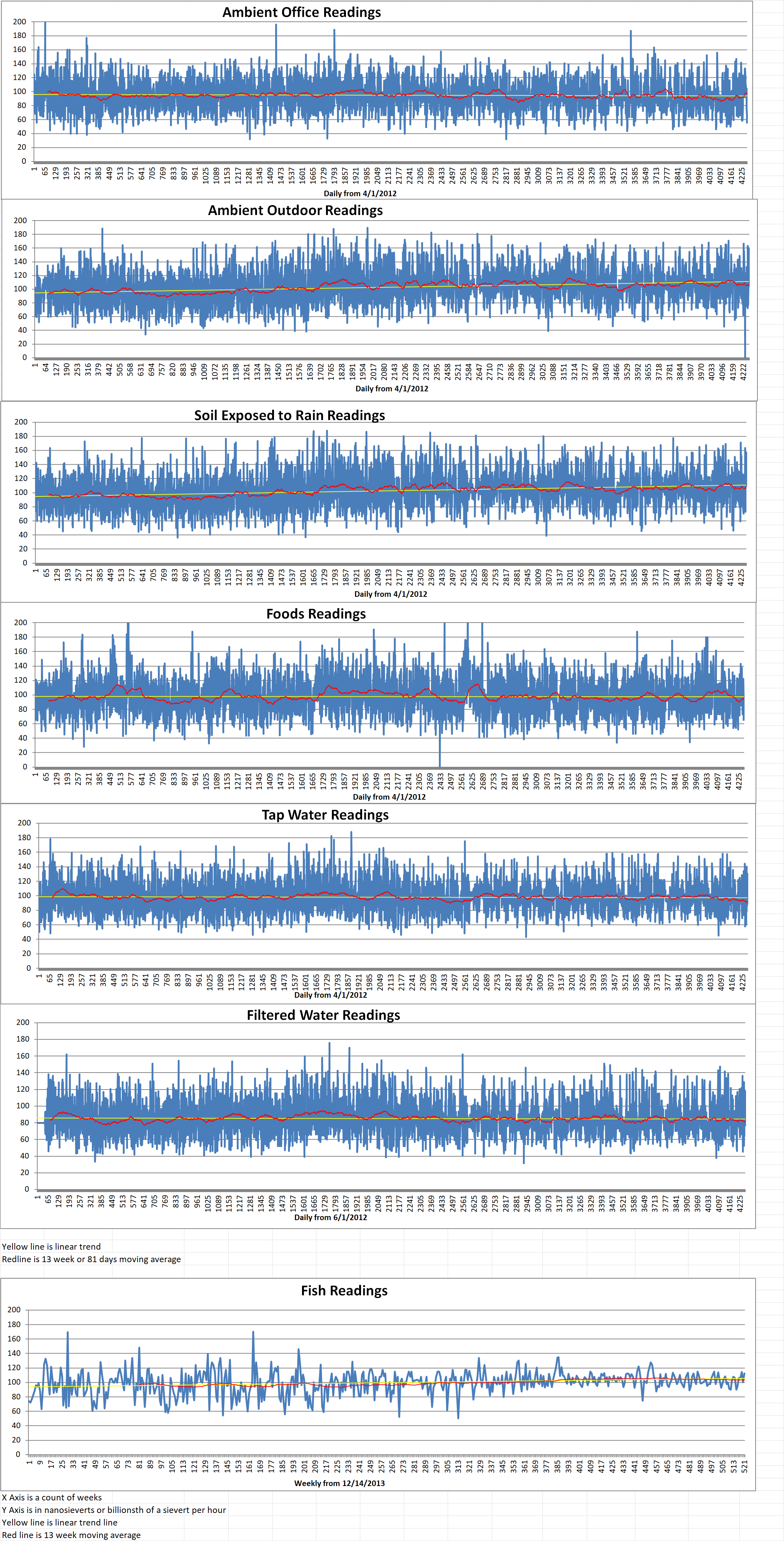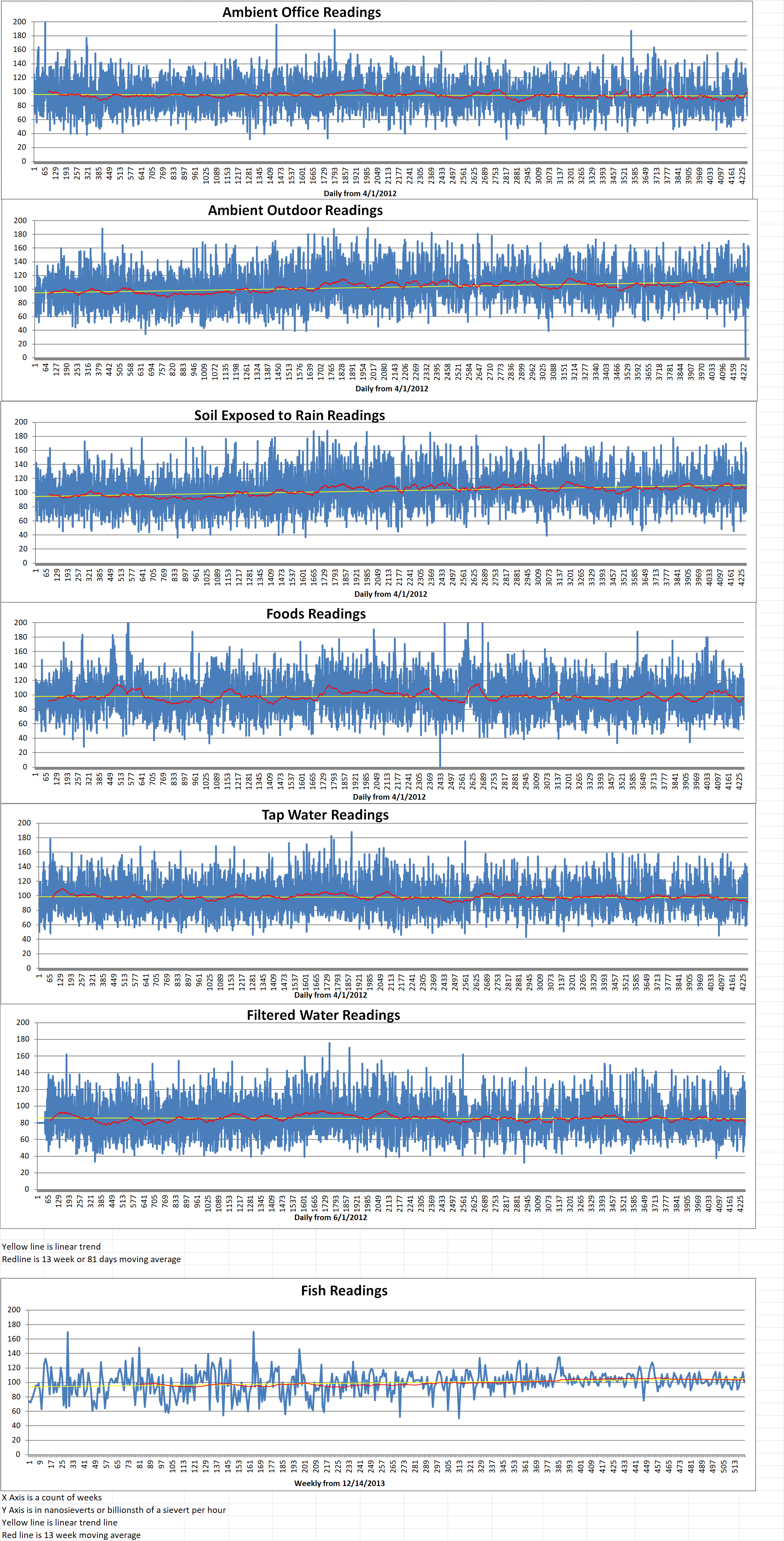Part 1 of 2 Parts
The White House’s Office of Science and Technology Policy is strongly backing nuclear power a reliable and sustainable energy source for data centers.
About two years ago, nuclear energy was unwelcome as an important source of energy. One of the keynote speeches at Data Center World 2024 was delivered by Rian Bahran, Ph.D., Assistant Director of White House Office of Science and Technology Policy. He suggested a broadening of the definition of clean energy to include nuclear. This has opened the door to a reversal of the long-term trend of closing nuclear power facilities. It also heightened advocacy for onsite nuclear power in large data centers.
Bahran began on familiar ground. Data centers account for one to two percent of annual US energy consumption. In key metros, nuclear power consumption is much higher. Combined with pressure on the grid and the hefty power demands occasioned by AI, new ways need to be found to power data centers efficiently and sustainably.
One possible option is to site a new data center beside a nuclear power plant. Amazon Web Services (AWS) has acquired a twelve hundred acre data hub known as the Cumulus data center campus in Berwick, PA. It is directly connected to the two and a half billion gigawatt Susquehanna Steam Electric Station (a nuclear plant). An existing forty eight megawatt data center was already operating at the site. AWS plans to eventually extend that to as much as nine hundred and sixty megawatts. In order to power it, the company has entered into a ten-year plus energy supply agreement with Talen, the current owner of the nuclear plant.
Bahran said, “Wind and solar play a major role in decarbonization but we need a stable and firm nuclear backbone. Nuclear and renewables can be complementary.”
As a suggested alternative to huge new nuclear facilities, another way to introduce nuclear is small modular reactors (SMRs). Each SMR can generate an average of seventy seven megawatts.
Britt Burt is an energy analyst at research firm Industrial Info Resources. He said, “Hopes are rising about SMRs. About two gigawatts of new-build nuclear is scheduled to begin construction during the next five years.”
Data center operator Standard Power is planning to deploy up to two dozen SMRs on two data center campuses in Ohio and Pennsylvania. Reactors built by ENTRA1 will use SMR technology from NuScale Power. NuScale already has an SMR design approved by the Nuclear Regulatory Commission (NRC). NE Edge plans to build a one and a half million square foot data center campus beside a Dominion Energy nuclear power plant in Waterford, Connecticut.
Bahran made comparisons between a conventional reactor, SMR, and microreactor in terms of their sizes and generated power.
He said, “The latest generation of SMRs have small footprints, greater safety, better seismic capabilities, and provide reliable electricity.Small nuclear designs can grow modularly as the data center grows and won’t need to be refueled for up to eight years.”
Please read Part 2 next
Blog
-

Nuclear Reactors 1398 – The U.S. Government Is Promoting Nuclear Power For Data Centers – Part 1 of 2 Parts
-
Nuclear News Roundup May 27, 2024
If regional communities don’t want a wind farm, why would they accept a nuclear power station? Theguardian.com
Anas Sarwar defends Labour’s nuclear weapons commitment us.news.yahoo.com
IAEA’s Grossi says it’s far from safe to restart Zaporizhzhia nuclear plant uk.news.yahoo.com
UN offers nuclear inspection deal to Iran’s new leadership thenationalnews.com
-

Geiger Readings for May 27, 2024
Ambient office = 74 nanosieverts per hour
Ambient outside = 123 nanosieverts per hour
Soil exposed to rain water = 122 nanosieverts per hour
Blueberry from Central Market = 68 nanosieverts per hour
Tap water = 94 nanosieverts per hour
Filter water = 79 nanosieverts per hour
-
Nuclear News Roundup May 26, 2024
Russia Not Currently Planning to Restart Zaporizhzhia Nuclear Power Plant, TASS Says usnews.com
US doubtful it could help S. Korea on nuclear-powered subs ca.news.yahoo.com
ENEC And CNNC Sign An MoU To Collaborate On Nuclear Energy Development And Operations cbnme.com
We can’t afford to cut America’s nuclear modernization program thehill.com
-

Geiger Readings for May 26, 2024
Ambient office = 62 nanosieverts per hour
Ambient outside = 105 nanosieverts per hour
Soil exposed to rain water = 110 nanosieverts per hour
Avocado from Central Market = 73 nanosieverts per hour
Tap water = 91 nanosieverts per hour
Filter water = 77 nanosieverts per hour
-
Nuclear News Roundup May 25, 2024
EDF completes GE Steam Power acquisition world-nuclear-news.org
Contract for refurbishment of Loviisa turbines world-nuclear-news.org
Argentina’s CAREM SMR project to have Critical Design Review world-nuclear-news.org
RWE permitted to dismantle Gundremmingen plant world-nuclear-news.org
-

Geiger Readings for May 25, 2024
Ambient office = 56 nanosieverts per hour
Ambient outside = 129 nanosieverts per hour
Soil exposed to rain water = 129 nanosieverts per hour
Asparagus from Central Market = 80 nanosieverts per hour
Tap water = 89 nanosieverts per hour
Filter water = 80 nanosieverts per hour
Dover Sole from Central = 113 nanosieverts per hour
-

Nuclear Reactors 1397 – Pacific Gas & Electric Is Working On Restarting Diablo Canyon Nuclear Power Plant – Part 2 of 2 Parts
Part 2 of 2 Parts (Please read Part 1 first)
If the state decides to extend its current five-year PG&E extension approval through 2030, the federal approval will already be in place.
Those opposed to license extension are also proceeding with their attempts to get the plant to shut down as scheduled.
Three climate activist groups filed a motion for the immediate closure of Diablo in March of 2024. They said that the nuclear plant poses an “unacceptable safety risk.”
San Luis Obispo Mothers for Peace, Environmental Working Group, and Friends of the Earth also requested a hearing with the NRC to force the agency to consider the groups’ safety concerns.
The groups say the location of the Diablo Canyon plant near earthquake faults makes it susceptible to an earthquake that could cause a catastrophic nuclear meltdown.
Zawalick countered, “So, Diablo Canyon is the most studied region, from a seismic standpoint of any nuclear plant in the United States and possibly the world, as a condition of our original license to operate these plants and it will continue into extended operations.”
However, the environmental groups’ court filing also says keeping the plant open “hurts the state’s shift to safe, renewable energy and prolongs the risk of disaster at the plant.”
Jane Swanson is one of the original members of Mothers for Peace. She said, “It inputs 24/7. You can’t ramp up and down a nuclear power plant on the basis of need because it’s too dangerous. That’s how things get out of control. And so, as long as it’s inputting this into the western grid, you can’t add more renewables, so it’s counterintuitive but this big source of electricity is blocking the addition of some renewables.”
Even with CPUC approval and NRC application review, there are several more agencies which have yet to weigh in. They could derail the license extension process. The agencies include the California Coastal Commission, the California State Lands Commission, the California Energy Commission, and the California Air Resources Board.
Currently, PG&E is moving forward on two different tracks. It is planning for continued operation (the plant’s Unit 2 reactor is currently being refueled) and planning for the plant’s eventual decommissioning.
Zawalick said, “The state has a few more to do. So now, I just say that we continue to, like every nuclear plant is, planning for decommissioning no matter where you are on the timeline.
Whether it is five, ten or twenty years from now, the Diablo Canyon plant will eventually need to be shut down. On Wednesday, May 22, the Diablo Canyon Decommissioning Engagement Panel hosted an in-person and virtual meeting from 6-9 p.m. at the Atascadero City Hall. The purpose of the meeting was to discuss how the seven-hundred-and-fifty-acre site on which Diablo Canyon Power Plant is located could be repurposed in the future.
Also on Wednesday, the NRC’s Atomic Safety and Licensing Board heard oral arguments on the petition from Mothers for Peace, the Environmental Working Group, and Friends of the Earth. The hearing will be held at NRC headquarters in Rockville, Maryland. -
Nuclear News Roundup May 24, 2024
Russia’s Medvedev says Moscow’s nuclear threats over Ukraine are no bluff reuters.com
UK Urges UN Action Against North Korea’s Nuclear Program miragenews.com
Kremlin official threatens war against NATO if Ukraine uses US weapons against Russia news.sky.com
Call for next government to make ‘big decisions’ on nuclear power projects uk.news.yahoo.com
-

Geiger Readings for May 24, 2024
Ambient office = 66 nanosieverts per hour
Ambient outside = 160 nanosieverts per hour
Soil exposed to rain water = 157 nanosieverts per hour
Tomato from Central Market = 66 nanosieverts per hour
Tap water = 130 nanosieverts per hour
Filter water = 119 nanosieverts per hour
